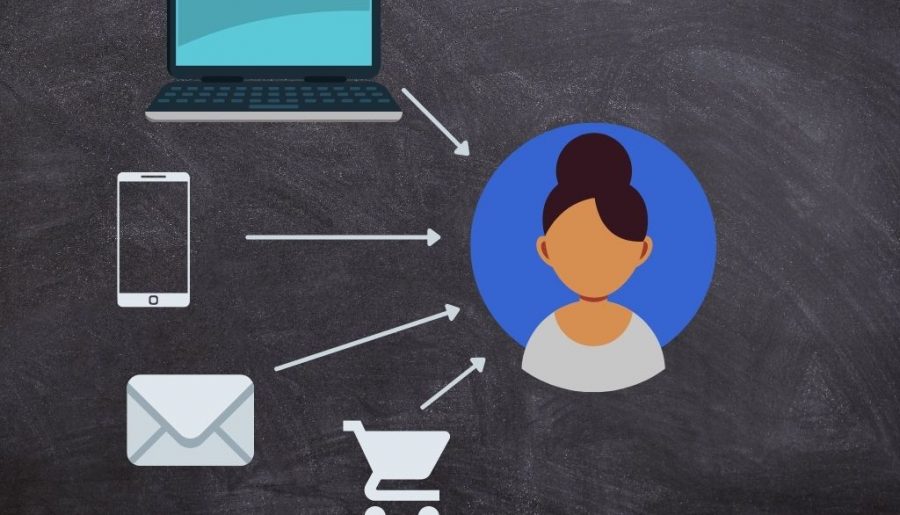Each company has a huge amount of information available in its database. Because of that, identity resolution is a very important prerequisite to meaningful communication with customers.
Contents
What is Identity Resolution?
Identity Resolution is the process of linking identifiers to create a single customer profile. This unified profile shows the complete history of each individual customer.
Resolution of identity means matching diverse data coming from different touchpoints, platforms, channels, and devices.
A good solution for resolving identities is a must-have nowadays. It not only prevents inaccurate or duplicative data but also enables customers to have more relevant interactions with your company. It allows you to treat each customer on an individual level which results in a better user experience.
With Identity Resolution, you have a consistent omnichannel view for each customer. You can map their customer journey from their first contact with your company and deliver them relevant information and messaging.
Being familiar with the identity of your customers means you know who they are and what they need.
Benefits of Identity Resolution
Some of the advantages of Identity Resolution include:
- Easier Data Management – removing duplicates and overlaps, reduced chance of mistargeting.
- You’ll have a better understanding of your audience and their customer journey – based on unified data of customers’ online and offline interactions.
- Identity resolution allows a customer-centric approach and thus personalized customer experiences.
- Personalized offers through the right channel at the right time can lead to improved customer loyalty.
- Continually improving performance by segmentation and targeting.
- Storing historical data but also collecting and updating new information.
- Ensuring data retention and its compliance.
Types of Identity Resolution
There are 2 types of Identity Resolution:
- Deterministic
- Probabilistic
These two approaches are based not only on the type of match but also on the level of confidence they provide.
Deterministic Matching:
Using a deterministic approach you resolve identities by determining a 100 % match between single sets of data. When you have access to the right data points, this type of matching gives you maximum accuracy. There’s no need for any probability calculations.
Deterministic identity resolution is searching for matches among data from multiple identifiers (user name, address, username, emails, logins, phone numbers). It merges this data into customer records. With a deterministic approach, you are using first-party data that are matched with a high confidence level.
There are some systems that use a deterministic approach, like Customer Data Platforms (CDPs).
Summary of deterministic matching:
- High-confidence matching
- Provides a 100 % match
- It needs no probability calculations (it finds one common identifier that links a user to his other profiles)
- It’s used when you need maximum accuracy, for example in engagement campaigns
Probabilistic Matching:
Probabilistic matching is a statistical model that runs on a lower-confidence level. However, when matching users’ profiles it can reach accuracy up to 90 %.
It uses predictive algorithms and probability to match various data points for identity resolution.
Identifiers of this model are anonymous data points from various sources: users’ IP address, their browser, operating system, device type, location, behavioral data, etc.
When matching profiles it uses an estimation of a statistical likelihood that two identifiers come from the same person. Because of that, there’s a chance for error during this process. This approach can serve you for purposes of anonymous personalization – for segmenting and creating lookalike audiences.
Summary of Probabilistic Matching:
- Its matching has a lower level of confidence
- Provides a match that is not 100 % certain
- It uses probability calculations
- It’s used to reach larger audiences

